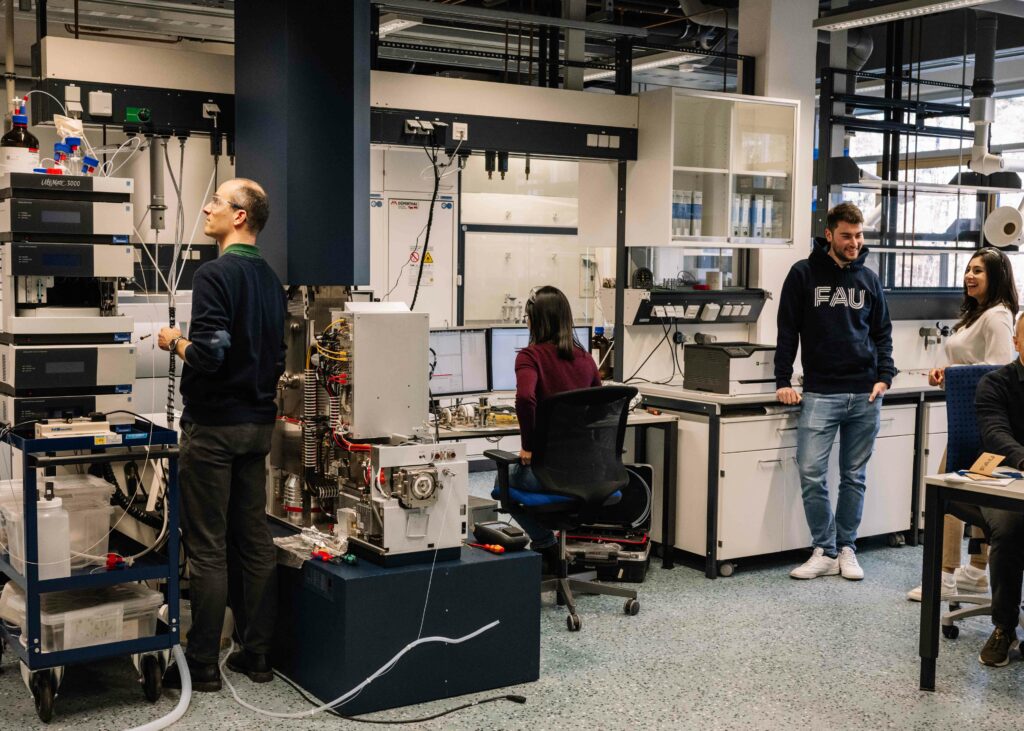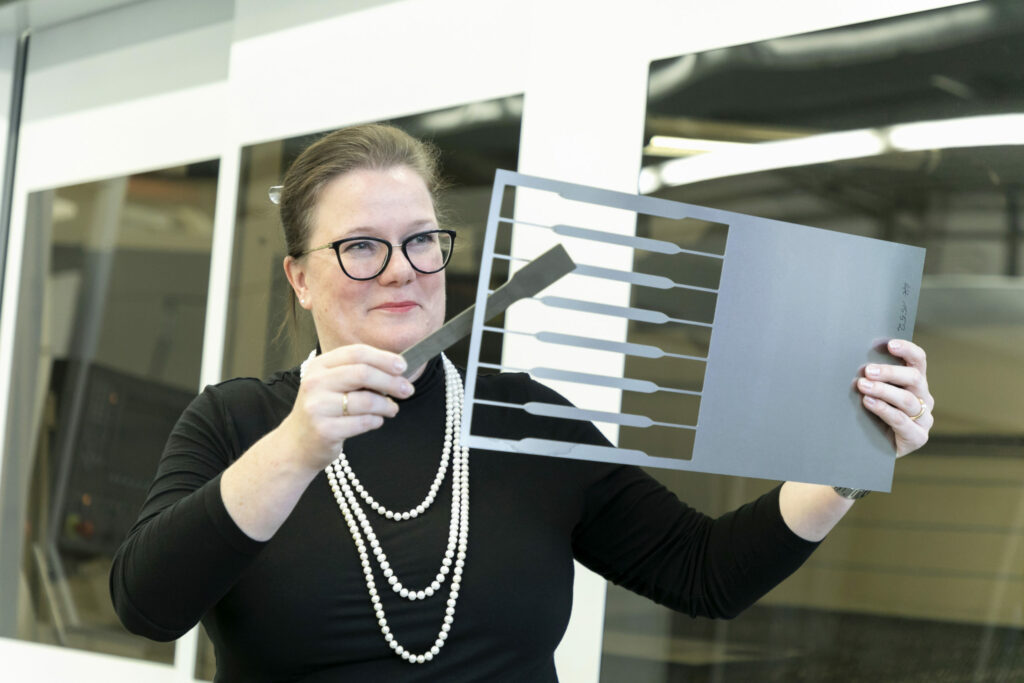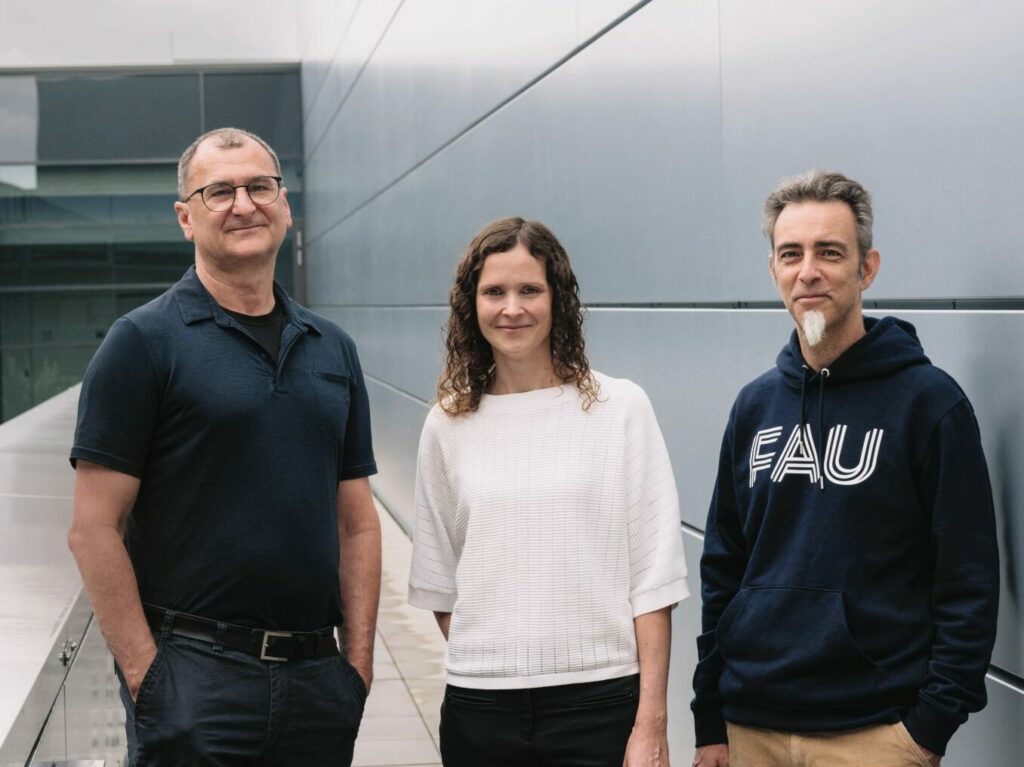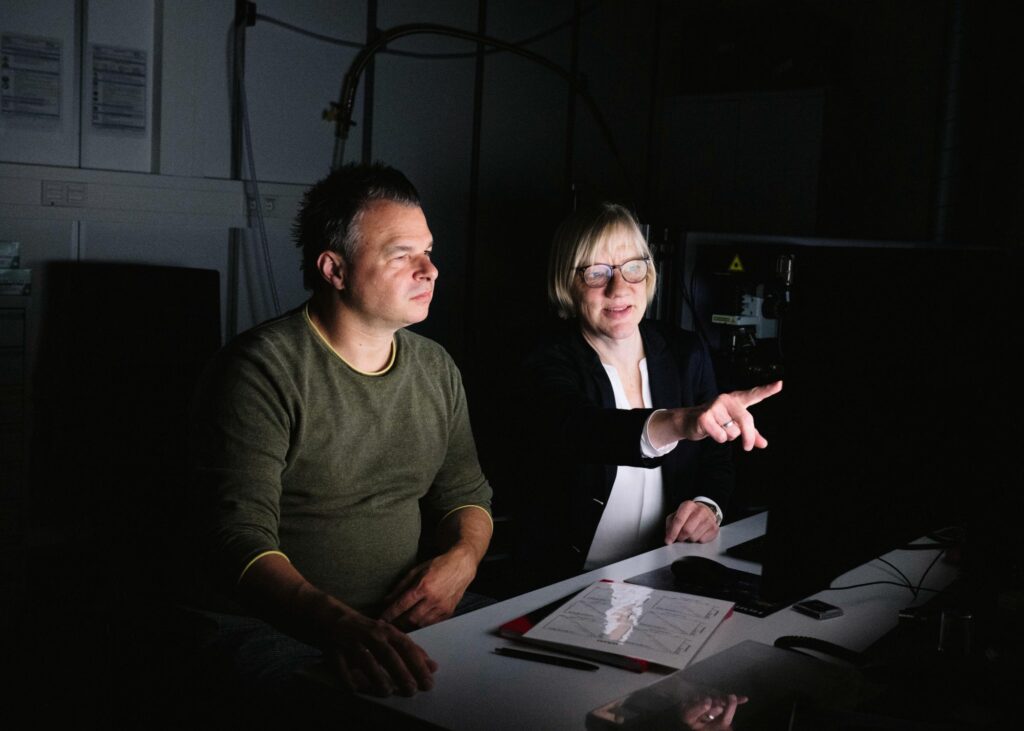Aim of FAU NMP is to further develop the interdisciplinary research in the area of New Materials and Processes by supporting collaborations within different focus areas, and thus foster new research initiatives. The high quality of research is already documented by a great number of coordinated research programs that have been evolved out of the former Cluster of Excellence EAM.
CRC 1452
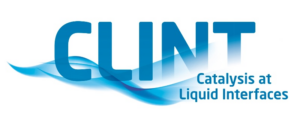
The Collaborative Research Center 1452: Catalysis at Liquid Interfaces (CLINT) will follow a new paradigm: We aim to explore the highly dynamic, anisotropic environment of liquid interfaces to create, tailor and stabilise catalytically active sites with unique reactivity and performance. With this concept, we aim to develop novel catalytic materials that combine selectivity, productivity, robustness, and ease of processing at the highest level. CLINT consists of four strongly interlinked research areas (A, B, C, and M). All approaches centre on solid-supported liquids of ultralow vapour pressure to enable stable catalytic performance in continuous gas-phase reactions.
CRC 1411
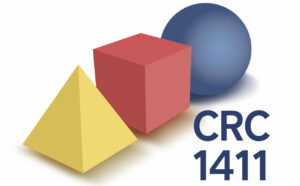
The key objective and long-term vision of Collaborative Research Centre 1411: Design of Particulate Products is the targeted design of particulate products by rigorous optimisation based on predictive structure-property and process-structure functions.
We target scientific breakthroughs in the product engineering of nanoparticles with optimised optical properties produced by continuous synthesis directly coupled to property-specific classification of nanoparticles by chromatography. These challenges are addressed from different perspectives in four strongly interlinked research areas. These will be underpinned by the development of joint methodologies in synthesis, classification, characterisation as well as modelling, simulation, and optimisation.
CRC 1540
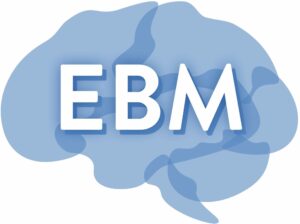
The central nervous system (CNS) is our most complex organ system. Despite tremendous progress in our understanding of the biochemical, electrical, and genetic regulation of CNS functioning and malfunctioning, many fundamental processes and diseases are still not fully understood. Only recently, groups of several PLs in this consortium, and a few other groups worldwide, have discovered an important contribution of mechanical signals to regulating CNS cell function. The CRC 1540 ‘Exploring Brain Mechanics’ will synergise the expertise of engineers, physicists, biologists, medical researchers, and clinicians in Erlangen and Berlin to exploit mechanics-based approaches to advance our understanding of CNS function and, as a long-term vision, to provide the foundation for future improvement of diagnosis and treatment of neurological disorders.
RTG 2861
Research Training Group GRK 2861 Planar Carbon Lattices will achieve atomic-precision synthesis and exploration of new PCLs. This aim will be acieved within three research areas. ‘Research Area A: Synthesis of PCLs’ will develop new precision chemical approaches for the synthesis of PCLs with well-defined physical properties. ‘Research Area B: Properties and Functions’ will explore the opportunities of the future PCL materials developed in Research Area A using latest characterization technology, provided in Research Area C. ‘Research Area C: Experimental and Theoretical Tools” will advance characterization methods and theory to study PCLs from the atomic level to the micro- and macroscopic level in great detail.
IGK 2495

The international doctoral program IGK 2495 was established in 2019 with our partner institute, the Nagoya Institute of Technology, Japan, in order to better understand lead-free perovskite materials for electro- optical-mechanical energy conversion systems. Such alternative energy sources will become increasingly vital over the next decades, not only as sources of renewable energy but also for high-tech applications, such as powering unattended wireless sensors. Of particular importance is the improved understanding of multi-length scale phenomena responsible for the energy conversion, development and implementation of state-of-the-art lead-free perovskite materials, novel 2D and 3D processing techniques, and integration into devices. Various synthesis, manufacturing, and experimental techniques will be utilized and coupled to cutting edge simulations, facilitating interdisciplinary collaboration.
RTG 2423
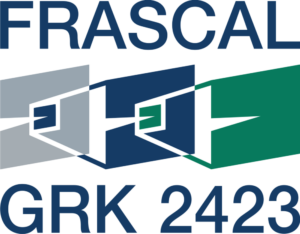
The Research Training Group GRK 2423 Fracture across Scales FRASCAL aims to improve understanding of fracture behaviour in brittle heterogeneous materials by developing simulation methods that are able to capture the multiscale nature of failure. With (i) its rooting in different scientific disciplines, (ii) its focus on the influence of heterogeneity on fracture behaviour at different length and time scales as well as (iii) its integration of highly specialised approaches into a “holistic” concept, FRASCAL addresses a truly challenging interdisciplinary topic in mechanics of materials. Within FRASCAL, young researchers under the supervision of experienced PAs perform cutting-edge research on challenging scientific aspects of fracture.
RTG 1896
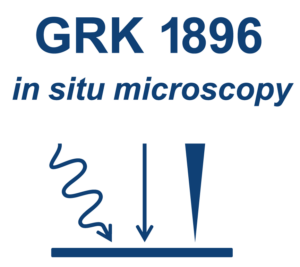
The Research Training Group GRK 1896 “In situ Microscopy with Electrons, X-rays and Scanning Probes” combines, for the first time, three pillars of nanocharacterization into a structured research training group. The main objective of this program is to provide the next generation of scientists and engineers with comprehensive, method-spanning and interdisciplinary training in the application of cutting-edge nanocharacterization tools to materials and device development. Our PhD candidates are well-positioned in a network of international collaborations and highly trained in multiple, complementary techniques, providing them with an essential foundation for a successful career in the field of advanced materials and devices development.
CRC 953
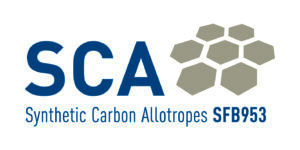
Owing to their spectacular electronic, optical, thermal, and mechanical properties, synthetic carbon allotropes are expected to offer an exceptional choice as material for future electronic devices. In order to fully exploit attractive applications such as nanoelectronics, sensors, nanocomposites, batteries, and supercapacitors a wide range of fundamental studies and discoveries into the science and technology of synthetic carbon allotropes is still required. The scientific aim of the Collaborative Research Centre SFB 953: “Synthetic Carbon Allotropes” is to tackle these challenges by making use of the well-recognized expertise in Erlangen in the field of synthetic carbon allotropes through increasing the interactions between the disciplines within a formal environment.
CRC 814

In the future, components should be produced from plastics or metal-based materials without specific tooling. Away from rapid prototyping to manufacturing, these technologies are empowered by the Collaborative Research Center 814 – Additive Manufacturing to fabricate serial components in the desired quality. To take advantage of the potentials included in additive manufacturing techniques the CRC 814 does fundamental research on this technology, so it can be used for the production of multifunctional components. The most important thing is to analyse the process chain from beginning to end. This not only includes design and process simulation, but also especially characteristics, creation and modification of suitable materials and their reactions in the fabrication process, up to the final component.
TRR 103
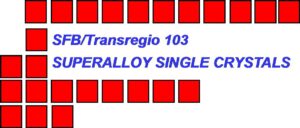
In Collaborative Research Centre/Transregio 103 From atoms to turbine blades, different disciplines join forces: processing and manufacturing (melting and casting, additive manufacturing, heat treatment, HIPing), materials testing (elastic constants, creep, high temperature fatigue), advanced materials characterization (SEM, TEM and AP) and scale bridging materials modelling (first principle calculations, phase field modelling, discrete dislocation modelling, finite element analysis). The research in SFB/Transregion 103 tackles two central questions. (1) How do d-shell elements (like Re, Ta and W) affect thermodynamic, kinetic and mechanical properties? (2) How do large (dendrites/interdendritic regions, mm scale) and small scale microstructural heterogeneities (gamma prime particles / gamma channels, mm scale) evolve during processing and creep and how do they affect the material properties?
Additionally, New Materials and Process Research has been continously translated to a great number of ERC Grants. To foster young researchers in ther individual career and scientific independence, the former Cluster of Excellence EAM infented the EAM Starting Grant program, which lead to a number of sucessful ERC applications
ERC Grants at FAU
EAM Starting Grant program
- 2023 “BRAINMASTER” Prof. Danijela Gregurec (EAM Starting Grant awardee)
- 2023 “DynaMMO” Prof. Tanja Franken (EAM Starting Grant awardee)
- 2020 “NanoHighSpeed” Prof. Benoit Merle (former FAU)
- 2018 Prof. Peter Felfer
- 2017 “MuDiLingo” Prof. Stefan Sandfeld (former FAU)
- 2014 Prof. Sabine Maier (EAM Starting Grant awardee)
- 2014 Prof. Björn Braunschweig (former FAU)
- 2013 “MembranesAct” Prof. Ana-Suncana Smith (EAM Starting Grant awardee)
- 2011 “EN-LUMINATE” Prof. Jana Zaumseil (former FAU)
- 2023 Prof. Karl Mandel
- 2022 Prof. Jakob Albert (former FAU, EAM Starting Grant awardee)
- 2019 Prof. Ruben Costa (former FAU, EAM Starting Grant awardee)
- 2016 Prof. Erik Bitzek (former FAU, EAM Starting Grant awardee)
- 2015 Prof. Bastian Etzold
- 2014 Prof. Julien Bachmann (EAM Starting Grant awardee)
- 2022 Prof. Paul Steinmann
- 2021 Prof. Carolin Körner
- 2017 Prof. Peter Wasserscheid
- 2016 Prof. Andreas Hirsch
- 2015 Prof. Hans-Peter Steinrück
- 2013 Prof. Patrik Schmuki
- 2010 Prof. Paul Steinmann
- 2010 Prof. Vahid Sandoghdar
- 2009 Prof. Peter Wasserscheid
- 2008 Prof. Andreas Hirsch
- 2023 Prof. Karl Mayrhofer
The designers of atomic structures
More hydrogen!
On the sunny side
Connecting worlds


